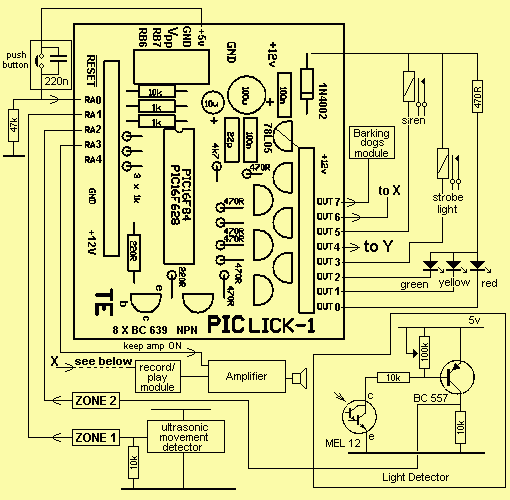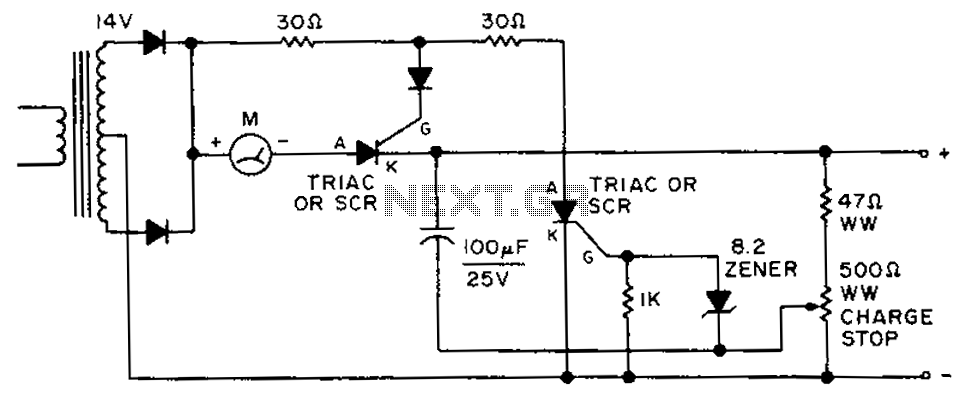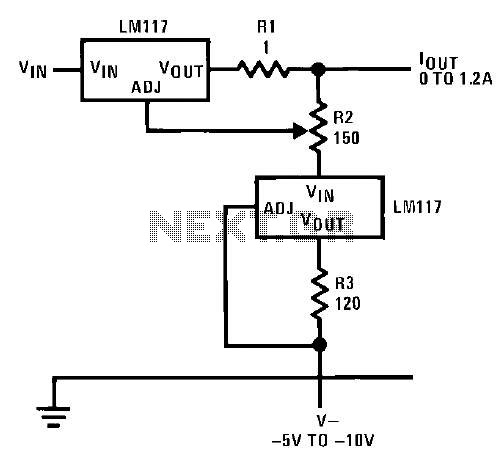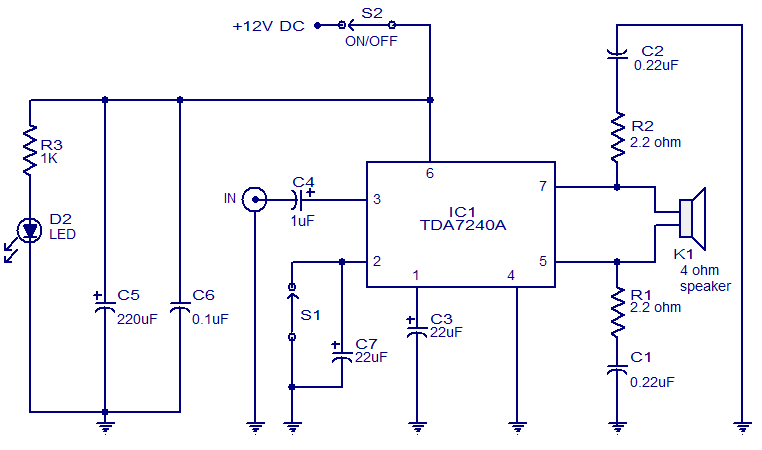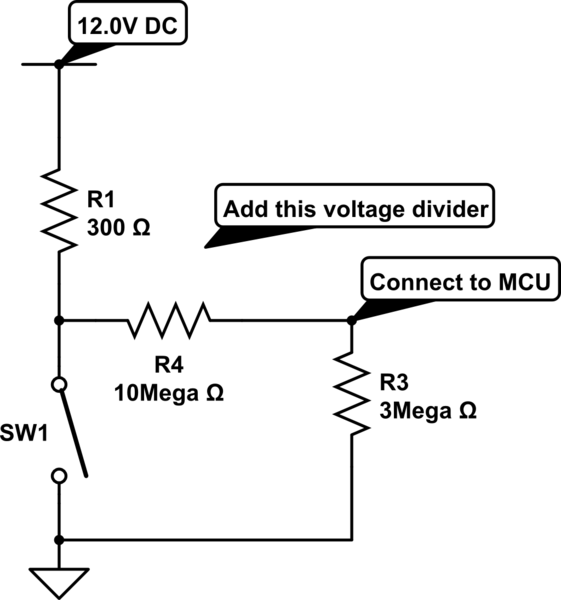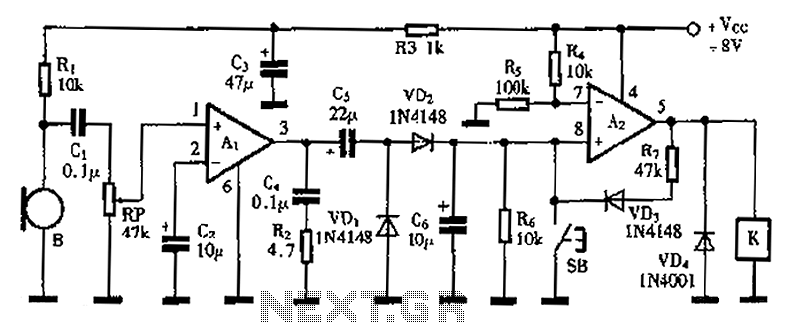
Automatic Rain Sensing Wiper System using 555 Timer
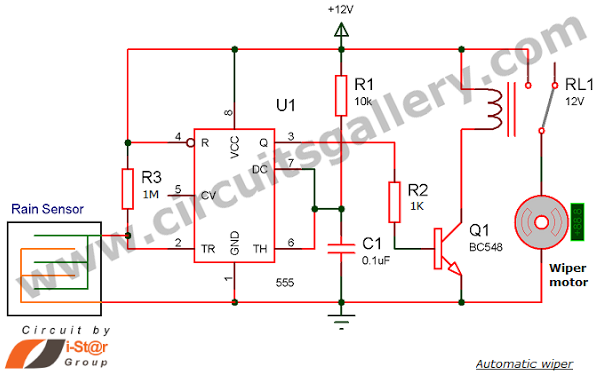
Have you seen Audi, Lexus, or Ford rain-sensing wipers and wondered how they operate in these vehicles? They are controlled by sensors located at the center of the windscreen, which detect raindrops and activate the wiper motor. The functioning of rain-sensitive wipers can be understood through a circuit schematic. The primary component of this circuit is a 555 timer IC configured in monostable mode. Two metal sheets, positioned a small distance apart, serve as the rain detection sensors. According to the operation of a monostable 555 timer, a negative voltage applied to the trigger pin results in a high output. Therefore, when it rains, the trigger pin receives a negative voltage. The output of the one-shot 555 timer (monostable) is connected to a relay via a transistor. The transistor functions as a switch for the relay, activating the wiper motor during rain.
The rain-sensing wiper system utilizes a 555 timer IC in monostable configuration to create a reliable and efficient mechanism for automatic wiper activation. The two metal sheets act as capacitive sensors that detect the presence of water droplets on the windscreen. When raindrops bridge the gap between these sheets, they generate a change in capacitance that triggers a negative voltage at the timer's trigger pin.
In monostable mode, the 555 timer remains in a stable low state until it receives a trigger signal. Once triggered, the output goes high for a predetermined duration, which can be adjusted by varying the connected resistor and capacitor values. This output is then used to energize a relay through a transistor switch. The transistor, typically an NPN type, is used to amplify the current from the output of the 555 timer to activate the relay coil.
The relay serves as an electromechanical switch that controls the wiper motor. When the relay is energized, it closes its contacts, allowing current to flow to the wiper motor, which starts the wiper operation. The duration of wiper operation can be customized by adjusting the timing components of the 555 timer circuit. This design ensures that the wipers operate only when rain is detected, thereby conserving energy and enhancing driver visibility during adverse weather conditions.
In summary, the rain-sensing wiper circuit effectively combines the 555 timer IC, capacitive sensing technology, and relay control to create a responsive and automated wiper system that enhances vehicle safety and convenience.Have you seen Audi, Lexus or Ford rain sensing wipers and wondered how they work in these vehicles They are handled by sensors at the center of the windscreen which detects rain water and turns on the wiper motor. Here is the working of rain sensitive wipers with circuit schematic. The main component of this circuit is a 555 timer IC that works i n monostable mode. Two metal sheets fixed at a small distance apart are used as rain detector sensors. From the working of a monostable 555 timer, a negative voltage on the trigger pin will cause a high output. So when it rains, trigger pin gets a negative voltage. Output of one shot 555 (monostable) is connected to a relay through a transistor. The transistor acts as a switch for the relay to turn ON the wiper motor during rain. 🔗 External reference
The rain-sensing wiper system utilizes a 555 timer IC in monostable configuration to create a reliable and efficient mechanism for automatic wiper activation. The two metal sheets act as capacitive sensors that detect the presence of water droplets on the windscreen. When raindrops bridge the gap between these sheets, they generate a change in capacitance that triggers a negative voltage at the timer's trigger pin.
In monostable mode, the 555 timer remains in a stable low state until it receives a trigger signal. Once triggered, the output goes high for a predetermined duration, which can be adjusted by varying the connected resistor and capacitor values. This output is then used to energize a relay through a transistor switch. The transistor, typically an NPN type, is used to amplify the current from the output of the 555 timer to activate the relay coil.
The relay serves as an electromechanical switch that controls the wiper motor. When the relay is energized, it closes its contacts, allowing current to flow to the wiper motor, which starts the wiper operation. The duration of wiper operation can be customized by adjusting the timing components of the 555 timer circuit. This design ensures that the wipers operate only when rain is detected, thereby conserving energy and enhancing driver visibility during adverse weather conditions.
In summary, the rain-sensing wiper circuit effectively combines the 555 timer IC, capacitive sensing technology, and relay control to create a responsive and automated wiper system that enhances vehicle safety and convenience.Have you seen Audi, Lexus or Ford rain sensing wipers and wondered how they work in these vehicles They are handled by sensors at the center of the windscreen which detects rain water and turns on the wiper motor. Here is the working of rain sensitive wipers with circuit schematic. The main component of this circuit is a 555 timer IC that works i n monostable mode. Two metal sheets fixed at a small distance apart are used as rain detector sensors. From the working of a monostable 555 timer, a negative voltage on the trigger pin will cause a high output. So when it rains, trigger pin gets a negative voltage. Output of one shot 555 (monostable) is connected to a relay through a transistor. The transistor acts as a switch for the relay to turn ON the wiper motor during rain. 🔗 External reference
